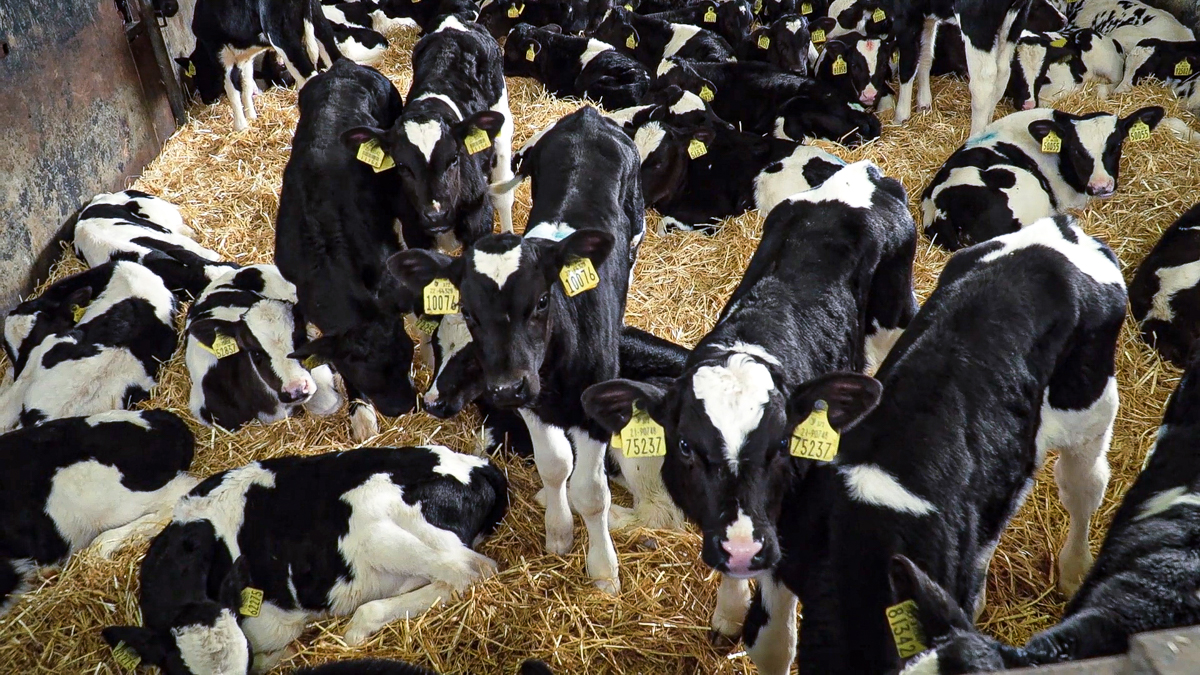As 2020 comes to a close, many spring-calving dairy farmers’ focus has shifted away from drying off cows to calving in early 2021.
An aspect of the calving season that may be overlooked on many farms is ensuring that you have enough calf space and accommodation to meet peak demand.
A recent report by Nicholas McKenna, dairy specialist with Teagasc, has outlined this along with a number of factors which may impact on the peak number of calves.
Calving rate
McKenna said that using scanning results and breeding records, the percentage of the herd that will calve in the first six weeks can be calculated. The current average on Irish dairy farms is 64%, with the target being set at 90%.
In simple terms, the higher the six-week calving percentage, the more calves there will be on the farm in a short space of time.
Age of sale
He also outlined that selling calves at an younger age is the best way of reducing the pressure placed on facilities during the peak calving period.
For a 100-cow-herd, reducing the sale age of a calf from six weeks down to two weeks, could reduce the peak number of calves by 35; which will have a huge pressure reduction on calf accommodation and labour – outlined in the table below:
By working out the peak number of calves on a farm, calculating the minimum space required at peak minus the available calf space, shows if a farm has enough accommodation. Depending on the results, there may be a need to either increase the amount of accommodation available or sell calves at a younger age.
Other options to consider
Early turnout of replacement heifer calves helps to reduce overall labour, but that may not solve a peak space issue because numbers will be at their maximum before turnout is possible – in many cases.
It may also be a option to convert another shed on the farm to use as temporary calf accommodation. Or consider purchasing or making calf hutches to reduce the pressure being placed on the current calf shed.


